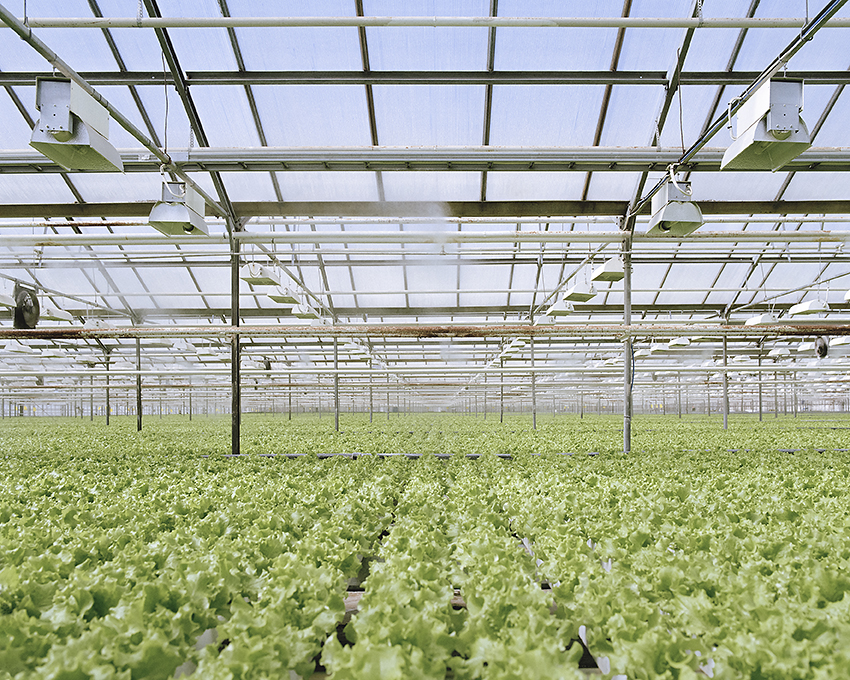Kumu’s new exhibition looks at Estonian art history and contemporary art through a green lens

The exhibition Art in the Age of the Anthropocene, which opens at the Kumu Art Museum on 5 May, explores the possibilities of art in an era of global climate crisis.
The largest-ever exhibition to focus on the relationship between art and the environment in Estonia is centred around three themes: rethinking Estonian art history from an eco-critical perspective, the possibilities of contemporary art in coping with the environmental crisis, and the “green museum”.
“Working our way through the materials of various museums, we and the collection managers realised that artworks relating to the environment and environmentalism were far more numerous than we expected. We discovered many forgotten pieces and new perspectives on well-known works. Although only a small number of them made it into the exhibition and the catalogue, one has to agree with an observation by Eha Komissarov, one of the curators of the exhibition and the author of the idea, that greening art history is worthwhile only if it is done with sufficient ambition, rather than just going along with a fashionable cause,” says Linda Kaljundi, curator of the exhibition.
Scientists believe that we have entered a new geological period: the Anthropocene, i.e. the age of humans. The human impact on the environment has grown to the point where it has become a planet-changing geophysical force.
The pace of environmental and climate change is accelerating, not only calling for technological and political solutions, but also challenging our behaviour, ethical standards and imagination. How can people with polarised opinions engage in dialogue? How to achieve socio-political agreements? How to navigate in the information overflow? How should we redefine the boundaries between nature and culture, between the human and the non-human? For slow hope, we must turn to the very source of the problems: human thought and actions.
Through art history, the exhibition explores the importance of art in depicting and shaping the Estonian environment. Art and environmental history intertwine closely in representations of the oil shale industry, agriculture, the soil, forests and many other themes. The exhibition also proves that, while environmental issues are sometimes believed to be a new subject in Estonian art and culture, they were in fact already being tackled vigorously at the turn of the 1960s and 1970s, for example in the works of Kristiina Kaasik, Jüri Palm, Tiit Pääsuke, Ludmilla Siim, Olga Terri and other prominent Estonian artists.
The historical works will enter into dialogue with contemporary artworks created in recent years, some of which are closely linked to environmental activism, as well as with six brand new works by the artists Evy Jokhova, Edith Karlson, Mari-Leen Kiipli, Laura Linsi and Roland Reemaa, Laura Põld and Lou Sheppard, and Ivar Veermäe.
In addition, the exhibition team has analysed the environmental impacts of both art and museums, and has mapped sustainable exhibition practices. Informative labels in the exhibition space invite visitors to consider both the opportunities and challenges for museums in “going green”.
In parallel with the exhibition, the museum has been working on a sustainable exhibition model, which is an informative and inspiring tool for museums and exhibition halls, providing practical advice on how to create a sustainable exhibition, and a calculator for calculating the carbon footprint of an exhibition in the Estonian context. The model, which will be completed in the autumn, is being developed by the exhibition team in collaboration with the Sustainability Working Group of the Art Museum of Estonia.
The exhibition will be accompanied by a varied programme of events: on the opening day, 5 May at 6 p.m., a performance by the artist Evy Jokhova and a talk with the curator and environmental historian Ulrike Plath; on 11 May at 6 pm, a curators’ tour of the exhibition; and on 18 May at 6 pm, Ulrike Plath’s lecture on the Anthropocene and the launch of the book accompanying the exhibition.
The exhibition is open until 8 October 2023.
Curators: Linda Kaljundi, Eha Komissarov, Ulrike Plath, Bart Pushaw and Tiiu Saadoja
Curator of green practices: Karin Vicente
Coordinator: Triin Tulgiste-Toss
Artists presenting new works at the exhibition: Evy Jokhova, Edith Karlson, Mari-Leen Kiipli, Laura Linsi and Roland Reemaa, Laura Põld and Lou Sheppard, and Ivar Veermäe